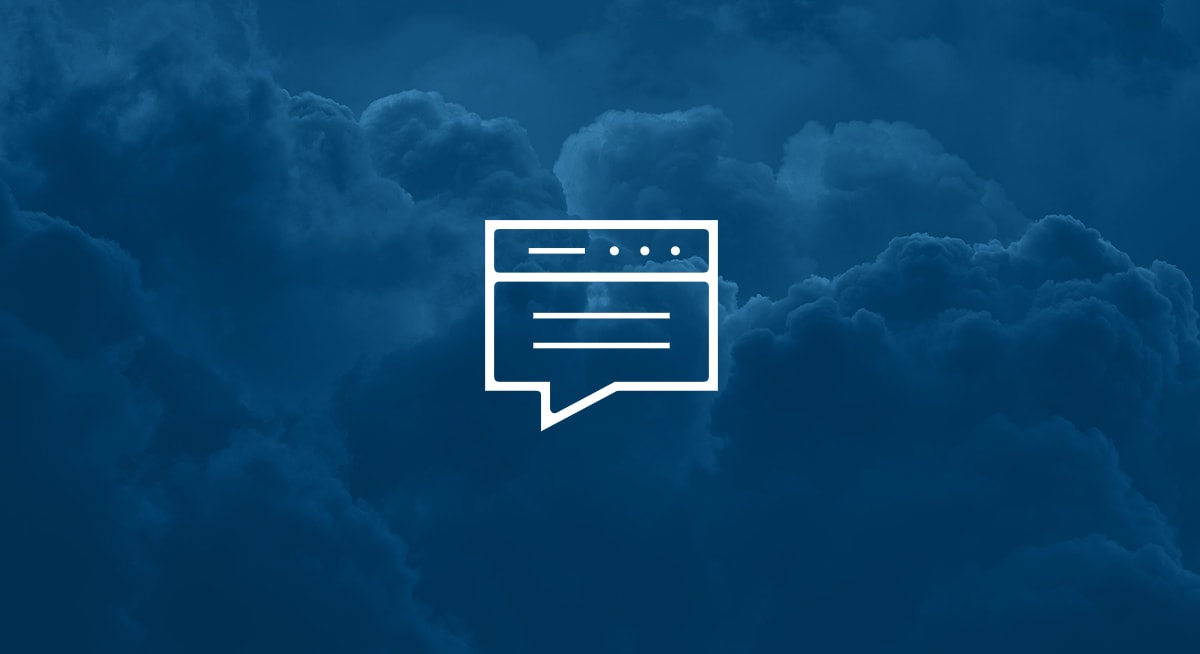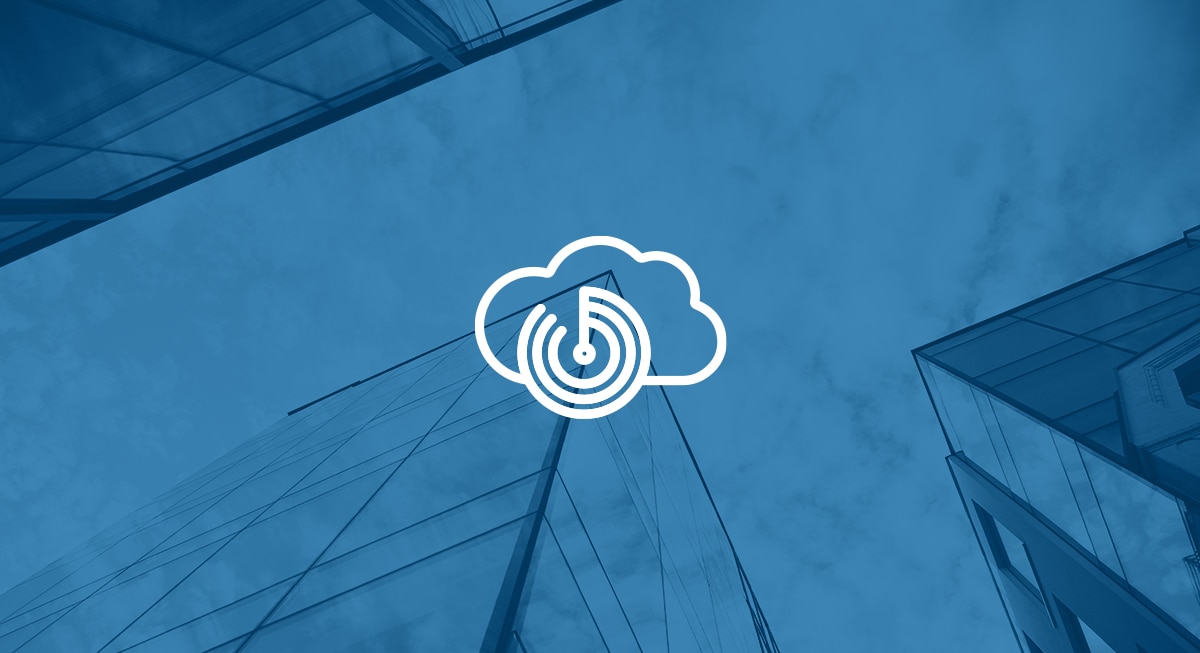The cloud provides many great business advantages – efficiency, speed-to-market, and many others – and has been rapidly adopted by organizations all over the world. While the rise in cloud operations allows organizations to operate in a way that’s more cost-effective and flexible, opening data, assets, and networks to the internet creates additional risk — particularly around misconfigurations and non-compliance.
This risk, and subsequent cloud security measures, have long been a pain point for organizations. Access to cloud applications and resources is provided via user accounts, which quickly proliferate and can be challenging for organizations to monitor properly. Threat actors are compromising them through credential-based attacks at increasing rates. Add to that obscured visibility, a complex shared-responsibility model for security , and the potential for infrastructure misconfigurations, and it’s easy to see why threat actors have turned their sights toward organizations’ cloud environments. In fact, the 2024 Verizon Data Breach Investigations Report stated that 43% of data breaches involve cloud assets, with misconfigurations and weak access controls as primary contributors.
Cloud security is a critical consideration for organizations undergoing a digital transformation or just growing their business operations. One type of technology that is becoming a table-stakes for organizations operating in the cloud is cloud security posture management (CSPM).
What is Cloud Security Posture Management?
Cloud security broadly has evolved alongside business technology. A decade or so ago , most security solutions were focused almost exclusively on on-prems environments, so if organizations chose to adopt cloud infrastructure, the applications remained largely insecure. Cloud security posture management (CSPM) was developed partially in response to this gap, offering monitoring and detection of cloud infrastructure misconfigurations – meaning errors, glitches, gaps, or using security groups default settings — that could lead to persistent threats or intrusions.
Specifically, CSPM refers to approaches, as well as specific solutions and services, designed to continuously monitor, assess, and improve the security posture of cloud environments, particularly Infrastructure-as-a-Service (IaaS) environments including, but not limited to, Amazon Web Services (AWS), Azure, or Google Cloud.
According to Gartner®, CSPM enables organizations to prevent, detect, and respond to events that may present or increase cloud security risks: “The core of CSPM applies common frameworks, regulatory requirements, and enterprise policies to proactively and reactively discover and assess risk/trust of cloud services configuration and security settings. If an issue is identified, remediation options (automated or human-driven) are provided.”
While CSPM solutions can exist independently or, as we’ll discuss below, as part of a cloud-native application protection platform (CNAPP) solution, CSPM can also be integrated into broader security solutions such as managed detection and response (MDR) or extended detection and response (XDR), providing vital cloud telemetry for threat detection and cybersecurity improvements.
How CSPM Works
CSPM solutions operate by monitoring cloud environments for misconfigurations, vulnerabilities, and other security risks such as poor identity and access management (IAM) practices within the cloud infrastructure. This is achieved by comparing these environments against established security policies and then, if needed, providing automated or human-led remediation workflows.
Common cloud misconfigurations that CSPM can address include:
- Unrestricted inbound and outbound ports
- Failure to properly manage the internet control message protocol (ICMP)
- Poor identity management and access controls
- Improper API management and documentation
- Lack of encryption
- Misconfigured logging
- Default credentials
- Unpatched services
- Improper network segmentation
While some CSPM solutions are rules-based, operating in accordance with defined rules, others utilize analytics-based anomaly detection as well as machine learning (ML), identifying unusual and anomalous activities as technologies and user behavior changes.
Key capabilities of a CSPM solution include:
- Up to 24×7 monitoring across cloud services
- Compliance mapping to known standards such as ISO 27001, SOC 2, GDPR, HIPAA, or NIST
- Rapid alerts around any suspicious and/or anomalous activity
- Risk assessment and prioritization around critical vulnerabilities or security gaps
- Real-time detection of misconfigurations
- Provided visibility of security risks across multiple cloud environments within an organization
Key Benefits of CSPM
Both intentional and unintentional risks can be reduced through CSPM. While threat actors are working to take advantage of the cloud, organizations themselves can create risk through lack of monitoring, visibility, or configuration best practices.
The cloud inherently lacks centralized visibility, digital (or physical in the case of on-prems servers) walls and a perimeter that can be easily protected. As such, data stored in the cloud is uniquely vulnerable to extraction, as it is designed to be accessed remotely, and swiftly and efficiently transferred anywhere over the internet. According to Mandiant’s M-Trends 2025 Report, 66% of cloud compromises included data theft, highlighting how threat actors are turning to organizations’ cloud assets and data to achieve their cybercrime goals.
With a CSPM solution in place, organizations can be alerted to potential cloud data leaks as soon as they occur. In addition, misconfigurations can be detected before an intrusion, and organizations can patch security gaps such as vulnerabilities or permissive user policies proactively, hardening their cloud attack surface. CSPM therefore acts as both a proactive and a reactive tool, working to mitigate current cyber threats and prevent future ones.
Key benefits of CSPM, depending on the specific technology, can include:
- Increased visibility across multi-cloud environments, which can streamline operations and provide key telemetry to other unified security tools
- 24×7 monitoring of the cloud infrastructure for threats and/or unusual behavior patterns
- A reduction in alert fatigue or potential false positives due to increased, centralized visibility of the cloud environment
- Automated (or human-led) remediation of misconfigurations and vulnerabilities, as well as security policy enforcement, resulting in cyber risk reduction
- Enhanced compliance adherence, as monitoring and security policy enforcement are common compliance requirements
CNAPP vs. CSPM
Over time, as cloud technology and cloud threats progressed, CSPM has become one of several cloud security options for organizations, many of which have converged into cloud-native application protection platforms (CNAPP). Cloud security posture management is nested under the broader umbrella of CNAPP solutions or strategies.
CSPM can operate independently, but it is also commonly included within a CNAPP solution. CPSM’s scope is limited to monitoring for misconfigurations and compliance gaps, while CNAPP solutions encompass said monitoring alongside end-to-end cloud security and cover the entire cloud application lifecycle. CNAPP solutions typically cover CSPM, cloud workload protection platforms (CWPP), cloud infrastructure entitlement management (CIEM), container security, and other advanced cloud security capabilities.
Cloud Security and Arctic Wolf
The cloud is a key component of Arctic Wolf’s overall security operations solutions. Arctic Wolf® Managed Risk utilizes CSPM best practices, scanning your environment (AWS, Azure, and GCP) against thousands of generally accepted cloud configuration benchmarks, and our Concierge Security® Team works alongside your organization’s security teams to inventory cloud assets, benchmark your cloud environment in terms of potential risk, and offer posture hardening recommendations.
Additionally, cloud telemetry is one of many sources of telemetry ingested by the Arctic Wolf Aurora™ Platform, enabling broad visibility, correlation for better threat detection, and analysis of advanced threats or risk points within your environment.
Get the latest information on selecting a cloud security solution that’s right for your organization.
Explore how cloud configurations can improve security with our on-demand webinar.





